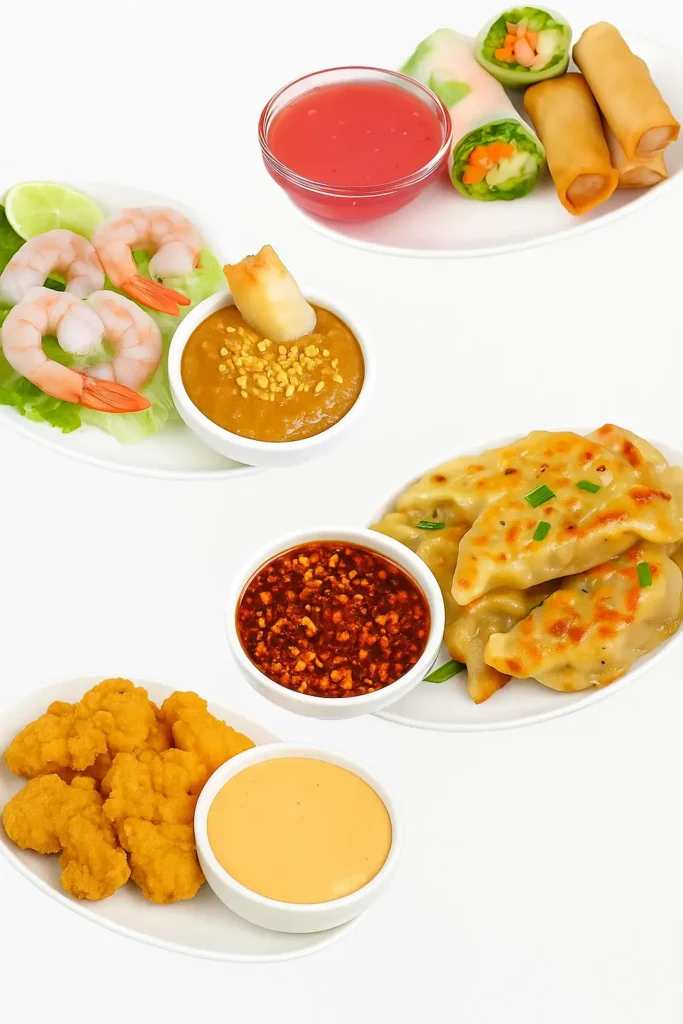Sauces are the silent powerhouses of every great dish. While often overlooked, they have the unique ability to transform basic ingredients into memorable meals by adding depth, aroma, richness, and contrast. In Asian cuisine, sauces don’t just complement—they complete the meal. Whether you’re dunking crispy gyoza, dressing a vibrant noodle bowl, or adding a final drizzle to grilled meats, the right sauce acts like a finishing touch of edible magic.
Today, store shelves are packed with ready-made sauces—but many of them are loaded with preservatives, high sodium levels, added sugars, and flavor stabilizers. Making your own sauces from scratch not only lets you control the ingredients and freshness, but it also allows you to customize flavor profiles exactly to your liking.
In this article, we’re exploring four essential homemade Asian sauces that will instantly upgrade your cooking game:
-
Dumpling Sauce
-
Sweet Chili Sauce
-
Peanut Sauce
-
Yum Yum Sauce
Each one is easy to prepare, uses accessible ingredients, and offers a depth of flavor you won’t find in bottled varieties.
Homemade Asian sauces like Dumpling Sauce, Sweet Chili Sauce, Peanut Sauce, and Yum Yum Sauce have gained immense popularity for a number of compelling reasons. These sauces are not only rooted in deep culinary traditions but also offer modern cooks incredible flexibility, flavor, and health-conscious benefits that bottled versions often lack. Here’s why these recipes are favorites in home kitchens around the world:
1. Flavor Depth That Bottled Sauces Can’t Match
Each sauce is designed to highlight a distinct flavor profile—sweet, salty, spicy, tangy, or umami. When made at home, these flavors are richer, fresher, and more vibrant than mass-produced alternatives.
-
Dumpling Sauce bursts with savory soy and tangy vinegar.
-
Sweet Chili Sauce delivers a delicate balance of heat and sweetness.
-
Peanut Sauce is deeply nutty, creamy, and slightly spicy.
-
Yum Yum Sauce offers a mild, creamy tang with subtle sweetness.
The homemade versions taste authentic and are often more balanced, as you’re not dealing with artificial thickeners, stabilizers, or preservatives.
2. Clean, Customizable Ingredients
Today’s cooks are more health-conscious than ever, and these sauces empower you to make better choices. Unlike store-bought brands that often contain:
-
MSG
-
Artificial coloring
-
High-fructose corn syrup
-
Chemical preservatives
Homemade versions are made from whole, real ingredients—like fresh garlic, vinegar, and peanut butter—that you likely already have in your pantry. You can easily:
-
Adjust the sugar level
-
Make it gluten-free (swap soy sauce for tamari)
-
Turn it vegan (swap mayo, hoisin, or butter for vegan options)
3. Quick and Easy to Make
Most of these sauces come together in under 10 minutes, making them incredibly convenient even for weeknight cooking. You don’t need advanced skills or tools—just a bowl, whisk, and maybe a saucepan. It’s cooking at its most approachable and rewarding.
4. Incredibly Versatile Across Dishes
These sauces are multi-purpose condiments. One recipe can serve several roles in your kitchen:
-
A dip for dumplings, egg rolls, or skewers
-
A dressing for noodles or grain bowls
-
A glaze or marinade for tofu, chicken, shrimp, or veggies
-
A burger spread or sandwich sauce
You can literally transform a plain bowl of rice or a simple stir-fry just by adding one of these sauces.
5. Cost-Effective and Minimal Waste
Buying bottled sauces for every dish can be expensive, especially if you cook Asian food occasionally. These recipes use overlapping ingredients, so once you invest in a few staples like soy sauce, rice vinegar, and chili oil, you can whip up multiple variations without buying anything new.
Plus, homemade means no half-used bottles cluttering your fridge. You make exactly what you need—and enjoy it fresh.
6. Empowering for Home Cooks
There’s something uniquely satisfying about saying, “I made the sauce myself.” It builds confidence in the kitchen and helps people understand how flavors work together. Learning these sauces is like unlocking a culinary toolkit you can use in countless ways.
7. Crowd-Pleasing for All Taste Buds
Whether you’re serving picky eaters or spice lovers, these sauces are easily adjustable:
-
Add more lime juice for brightness
-
Turn up the chili oil for heat
-
Tone down garlic or sugar for a lighter version
They’re perfect for dinner parties, potlucks, family meals, or meal prep because they can please a wide range of palates.
8. Culturally Rich and Globally Loved
Each sauce is tied to rich culinary traditions—whether it’s Japanese hibachi-inspired Yum Yum Sauce, Thai-style peanut sauce, or Chinese dumpling dips. But they also blend seamlessly into fusion and modern cuisines, making them popular worldwide in everything from tacos to Buddha bowls.
Conclusion: Why So Popular? Because They Work for Everyone
Homemade Asian sauces are popular not just because they’re delicious, but because they:
-
Fit into busy schedules
-
Accommodate dietary needs
-
Save money
-
Enhance almost any meal
-
Teach valuable cooking techniques
They offer a gateway into global flavors while being accessible, practical, and endlessly customizable. That’s why these sauces don’t just elevate meals—they elevate your entire cooking experience.
Why You’ll Love These Sauces
Before diving into the recipes, let’s explore why these sauces are kitchen essentials:
✅ Versatility
From dumplings to skewers, these sauces are not just one-trick ponies. They’re fantastic as dips, marinades, drizzles, or mix-ins.
✅ Quick & Easy
Most take under 10 minutes to make and require minimal cooking equipment—just a bowl or saucepan and a whisk.
✅ No Preservatives
You know exactly what’s going into your sauces. Clean, fresh, and preservative-free.
✅ Flavor-Packed
Each sauce brings its own unique profile—sweet, savory, spicy, tangy, nutty, or creamy. Together, they create a full spectrum of taste.
✅ Budget-Friendly
Once you have the base ingredients (soy sauce, rice vinegar, chili oil), you can make countless batches at a fraction of the store-bought cost.
1. Dumpling Sauce — Savory, Tangy, and Slightly Spicy
Dumpling sauce is more than just a condiment—it’s a flavor explosion in a tiny bowl. Perfect for dumplings, gyoza, bao buns, and even steamed vegetables, this sauce combines umami, acidity, and heat into a deeply satisfying dip.
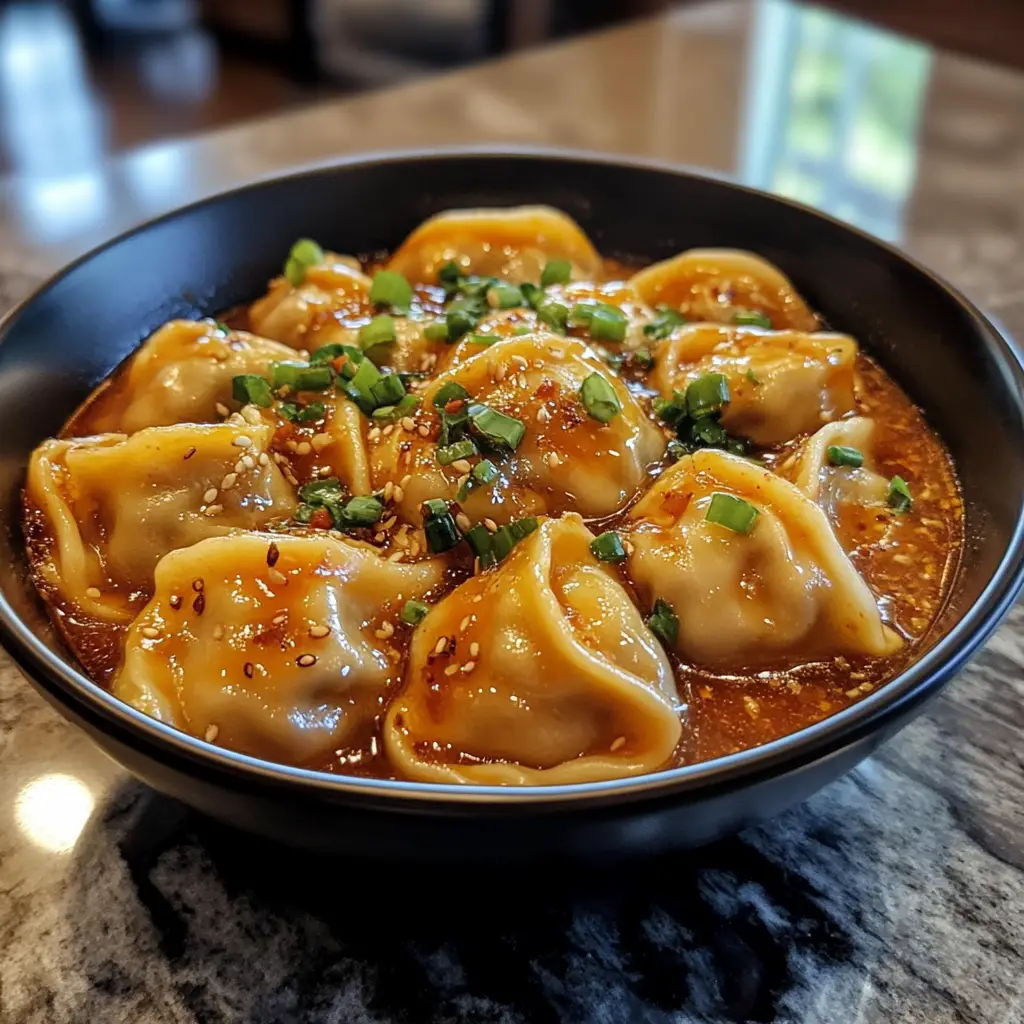
Ingredients:
-
3 tbsp soy sauce
-
1 tbsp rice vinegar
-
½ tsp sesame oil
-
½ tsp sugar
-
1 tbsp chili garlic oil
-
1 green onion, thinly sliced (optional)
-
1 tsp sesame seeds
Instructions:
-
In a small bowl, combine all the ingredients.
-
Mix well until sugar is fully dissolved.
-
Let sit for 5 minutes before serving to let the flavors marry.
Serving Suggestions:
-
Dip for pan-fried or steamed dumplings
-
Drizzled over stir-fried greens or rice bowls
-
Brushed onto grilled mushrooms or tofu
Flavor Variations:
-
Add a teaspoon of grated ginger for a zesty punch.
-
Include a splash of Chinese black vinegar for depth.
-
Make it sweeter with a touch of honey or maple syrup.
2. Sweet Chili Sauce — Tangy, Sweet, and Just Spicy Enough
Forget the overly syrupy bottled versions—this homemade sweet chili sauce is made with real garlic, ginger, and chili flakes. It’s a brilliant blend of heat and sweetness and works wonderfully as a dip, glaze, or stir-fry addition.
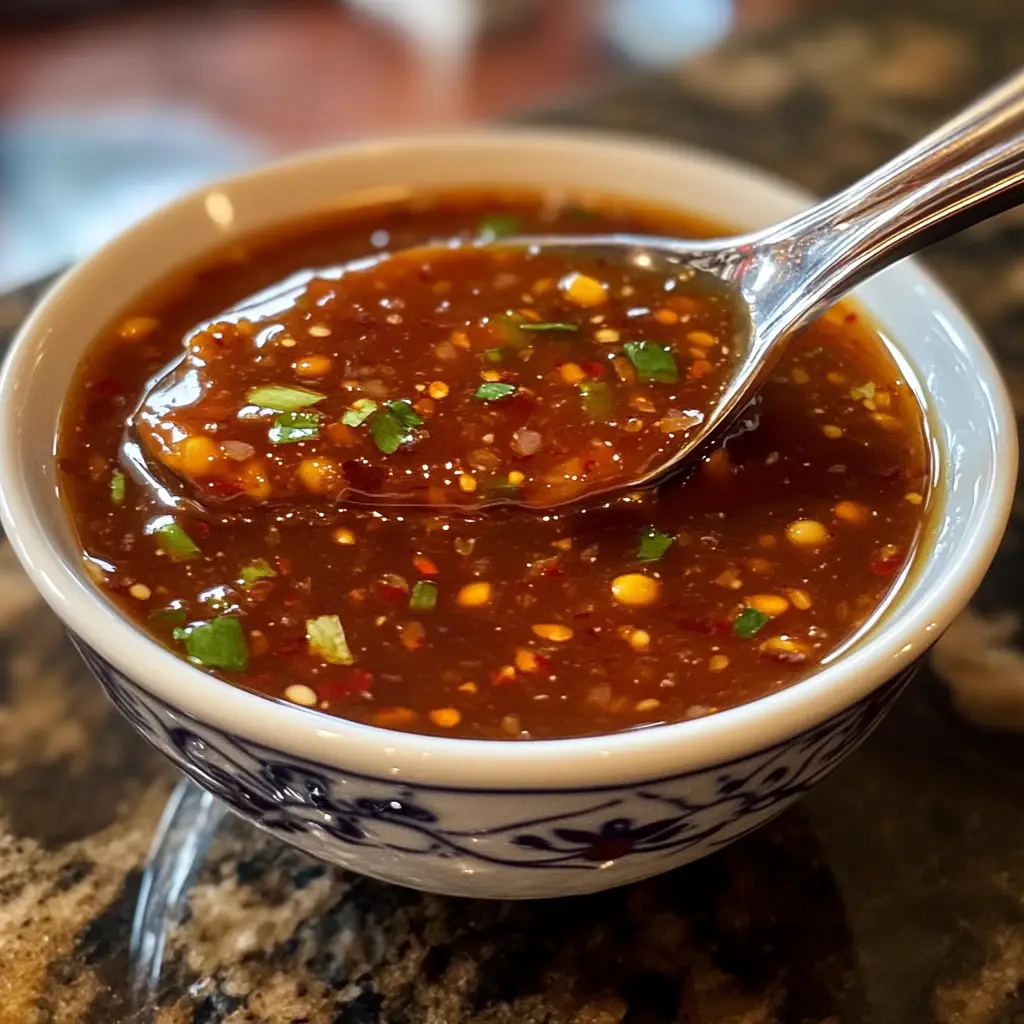
Ingredients:
-
⅓ cup rice vinegar
-
⅓ cup water
-
⅓ cup + 2 tbsp sugar
-
1 tbsp rice wine
-
2 tsp dried chili flakes
-
1½ tsp minced garlic
-
1 tsp finely minced ginger
-
1 tsp soy sauce
-
2 tsp cornstarch dissolved in 1 tbsp water
Instructions:
-
Combine all ingredients except cornstarch slurry in a saucepan.
-
Bring to a gentle boil over medium heat, stirring constantly.
-
Add cornstarch slurry and cook for 1–2 minutes until thickened.
-
Let cool completely, then transfer to a jar and refrigerate.
Yields: ~1 cup
Shelf Life: Up to 1 week in the fridge
Perfect With:
-
Grilled tofu or chicken
-
Spring rolls and egg rolls
-
Glazed salmon or shrimp
-
Stir-fried noodles or veggies
Customize It:
-
For a tropical twist, add pineapple juice.
-
Use gochugaru instead of chili flakes for a Korean spin.
-
Blend it for a smoother texture.
3. Peanut Sauce — Creamy, Nutty, Spicy & Comforting
This sauce delivers rich, nutty flavor and a creamy texture that clings beautifully to skewers, noodles, or wraps. The hoisin sauce adds sweet-salty complexity, while chili oil gives it heat and depth.
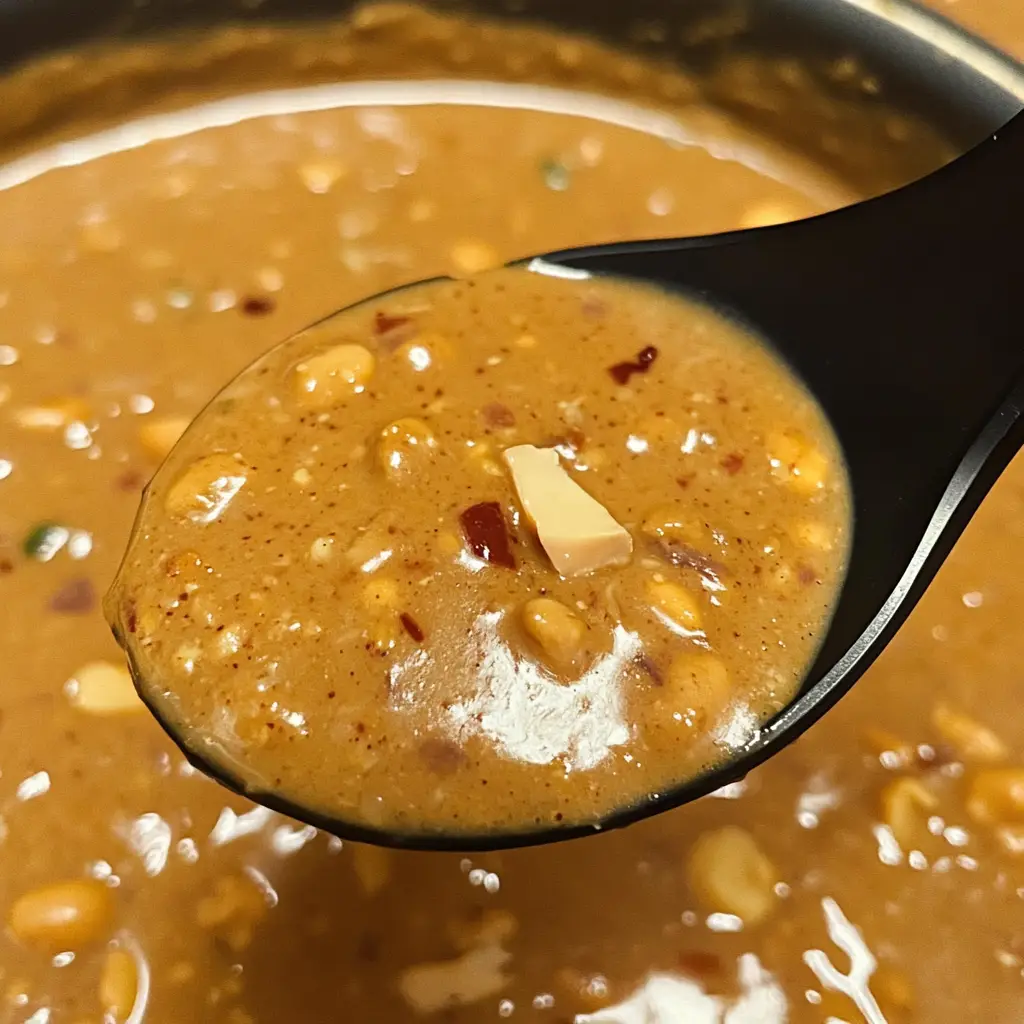
Ingredients:
-
½ cup peanut butter
-
½ cup hoisin sauce
-
⅔ cup boiling water (or coconut soda for sweetness)
-
2 cloves garlic, minced
-
2 tsp fresh lime juice or vinegar
-
1 tbsp chili crisp oil
-
Crushed roasted peanuts, for garnish (optional)
Instructions:
-
Whisk boiling water and peanut butter until smooth.
-
Stir in hoisin sauce, garlic, lime juice, and chili oil.
-
Adjust thickness with more water as needed.
-
Garnish with crushed peanuts before serving.
Ideal For:
-
Thai satay chicken skewers
-
Vietnamese spring rolls
-
Cold soba or rice noodle bowls
-
Buddha bowls and wraps
Tips for Creaminess:
-
Use creamy peanut butter for a smoother sauce.
-
Want it richer? Swap water for coconut milk.
-
No hoisin? Mix soy sauce with a bit of honey as a substitute.
4. Yum Yum Sauce — The Irresistible Hibachi Favorite
If you’ve been to a Japanese steakhouse, you’ve likely encountered Yum Yum Sauce. This creamy, tangy-sweet mayo-based sauce is as addictive as it is easy to make. Use it on everything from hibachi shrimp to burgers.
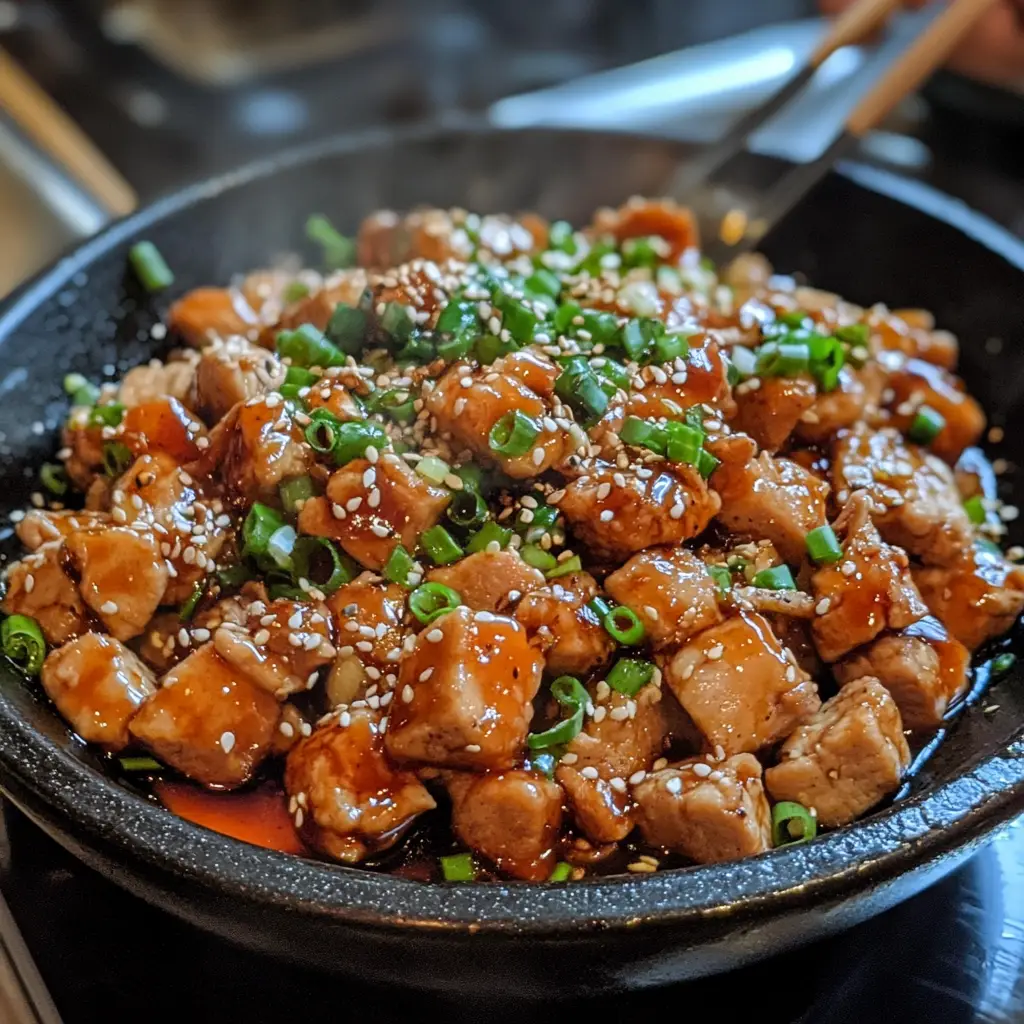
Ingredients:
-
1 cup mayonnaise
-
1 tbsp ketchup
-
1 tbsp melted butter
-
1 tbsp rice vinegar
-
¼ tsp paprika
-
¾ tsp garlic powder
-
1 tbsp granulated sugar
-
2 tbsp water (to thin as needed)
-
Few dashes hot sauce or cayenne (optional)
Instructions:
-
Whisk all ingredients in a bowl until smooth and fully combined.
-
Cover and refrigerate for at least 2 hours before serving (overnight is best).
-
Stir before use.
Yields: 1¼ cups
Fridge Life: 5–7 days
Best With:
-
Hibachi meats and vegetables
-
Fried rice or noodles
-
Shrimp tempura or chicken katsu
-
Grilled burgers and sandwiches
Creative Variations:
-
Add sriracha for spicy Yum Yum.
-
Mix in curry powder for an Indian-Japanese fusion.
-
Stir in grated wasabi for extra heat and zing.
Sauce Comparison Table
| Sauce | Key Flavors | Best Uses | Shelf Life |
|---|---|---|---|
| Dumpling Sauce | Umami, tangy, spicy | Dumplings, rice bowls, stir-fries | 4–5 days |
| Sweet Chili | Sweet, spicy | Tofu, spring rolls, stir-fries | 1 week |
| Peanut Sauce | Nutty, savory | Satay, noodles, salads | 5–6 days |
| Yum Yum Sauce | Creamy, tangy | Hibachi, fried rice, burgers | 1 week |
Frequently Asked Questions
Q: Can I freeze these sauces?
-
Yes for Peanut Sauce and Sweet Chili Sauce. Freeze in ice cube trays, then store in bags.
-
No for Yum Yum and Dumpling Sauce, as mayo and vinegar bases may separate.
Q: Are these sauces gluten-free?
Use tamari instead of soy sauce, and check your hoisin and mayo brands to ensure they are gluten-free. All other ingredients are naturally GF.
Q: Can I make them vegan?
Absolutely. Use vegan mayo and ensure hoisin and sugar are vegan-friendly. The rest of the ingredients are plant-based.
Q: What are some unexpected ways to use these sauces?
-
Drizzle Sweet Chili Sauce over pizza.
-
Toss roasted sweet potatoes in Peanut Sauce.
-
Use Yum Yum Sauce as a sushi burrito filling.
-
Add Dumpling Sauce to scrambled eggs or omelets for a savory twist.
Conclusion: Simple Sauces, Major Flavor
Asian sauces are the soul of many beloved dishes. With a few pantry staples and less than 10 minutes per sauce, you can unlock a world of flavor possibilities from your own kitchen. These four homemade sauces—Dumpling, Sweet Chili, Peanut, and Yum Yum—offer diversity, deliciousness, and practicality in every spoonful.
Whether you’re cooking for yourself or hosting a feast, having these sauces in your repertoire gives you the power to transform ordinary meals into unforgettable experiences. Try them all, customize them to your liking, and let your creativity (and taste buds) run wild.
